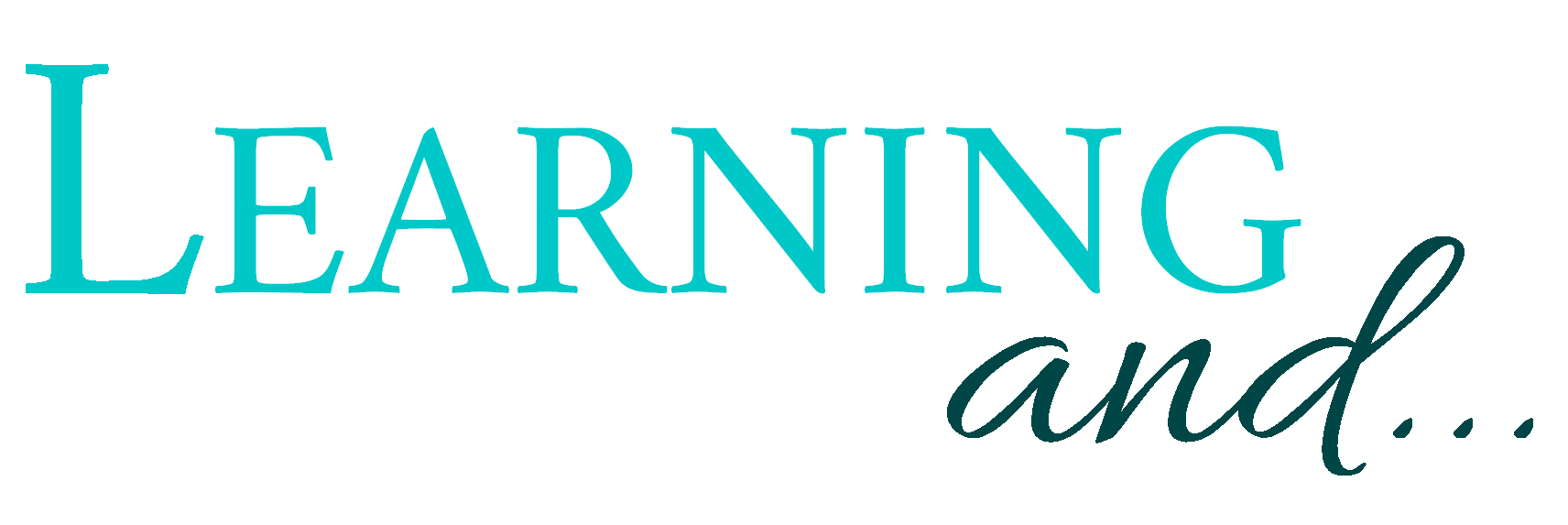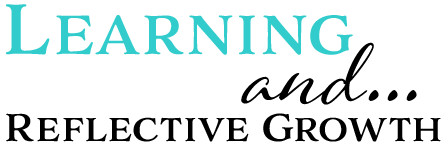Does having a best friend at work increase productivity? I was teaching a class today and this item came up in conversation. Gallup’s research says “yes”. Having a best friend at work means workers are more likely to report that they are recognized, listened to and encouraged (I am paraphrasing). But…my class was against having a best friend at work saying that they would socialize too much, take too many breaks and not get as much work done. If their best friend did not work with them they could concentrate more.
Being intrigued, I did a bit of research. After a while, Gallup changed the word “best” to “good” making it a different question because audiences were having a tough time with the word “best”. Gallup article. The question did not produce the same results. It seems that having a “best” – not just “good” friend at work produces more productive teams. So, having a best friend creates the best workgroups (highly productive vs mediocre).
Next, I realized that most of these participants in the training today were either older Gen X or younger baby boomers. People from about 40 – 58. My train of thought went to Generations…are they different? Maybe Gen Y and Z love the best friend but the earlier Generations were not too sure about this “fact” Forbes article.
I am a younger boomer – on the cusp of X (if you will) and I thought about having a best friend at work. Agreeing with my class, that on days that I was not focused, it would seem easy to hang out and discuss all kinds of topics with my “best” friend. However, if my “best friend” (and here I am thinking of my actual “bestie” Carol) were on my workgroup team and we were competing for the award of the most highly productive team (stay with me on this)… we would do great.
My best friend and I would be great together in a work group. This is not big news but, Carol and I can read each other’s thoughts; I bet you can say the same about your “best” friend. If we have a disagreement, we have navigated that path before and know how to compromise, compete, accommodate or any of the other Thomas-Kilman Model dimensions. Been there – done that – we can communicate faster than with just anyone on any team.
We can encourage each other and call into memory a time when we did something great. Knowing each other’s strengths, we also have that dimension of Trust. And as we know The Speed of Trust is real. The more you trust the faster the interaction (or communication) will be – and with good results.
My class still did not agree with the research. What do you think?

Originally published at https://wordpress.com/post/largblog.wordpress.com/596
#bestfriendatwork #Gallup #Strengths #conflict


